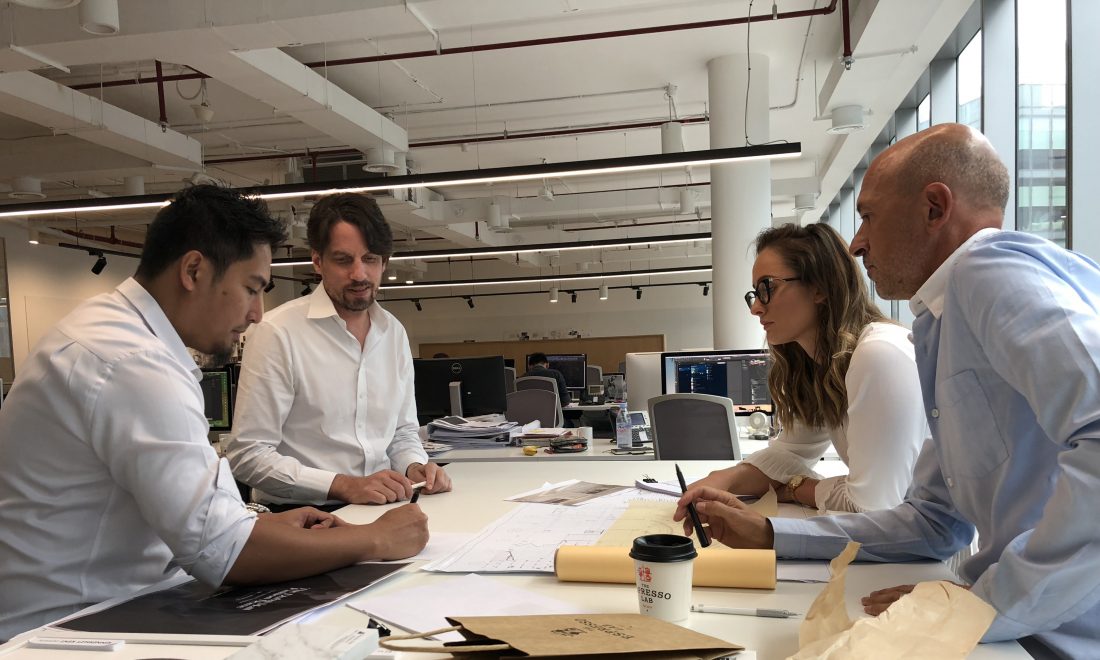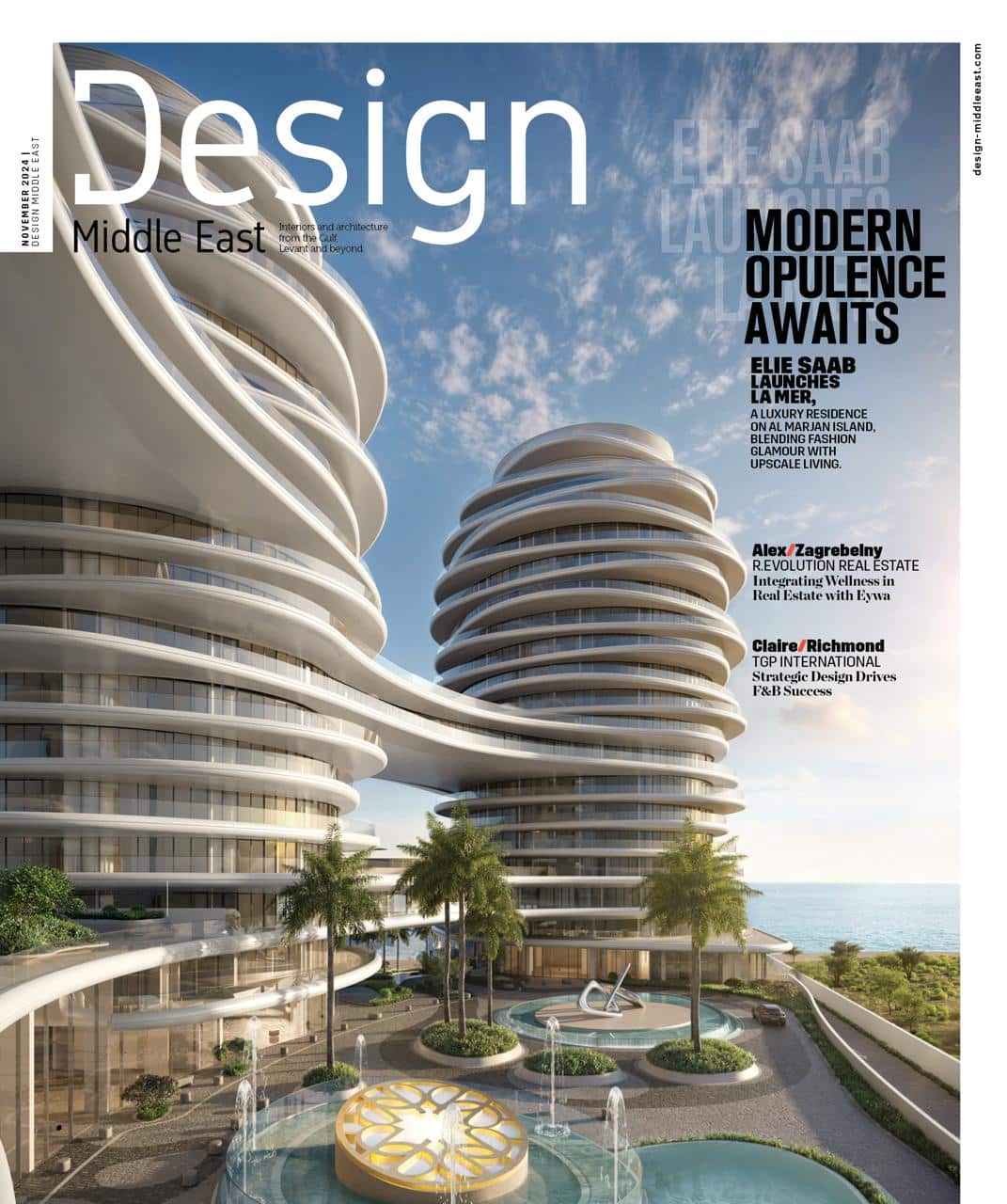Are we in for creative criticism?
Paul McElroy, partner at Kinnersley Kent Design, tells why collaborative critiques should be a regular part of the projects creative criticism?
Creative criticism in the context of our industry means having the confidence to challenge a designer’s ideas; to critique his or her work to provide reflection and move the design response forward. Far from insulting someone’s designs (not even in a “creative” way!), it means discussing and critiquing them in a respectful, constructive manner to build upon the outcome. The critique approach should be based on understanding the rationale and discussing the design response, exploring alternative solutions. The aim should be to stretch and strengthen a designer, providing feedback that encourages him or her to grow.

The origins of the creative “crit” are thought to date back to Ancient Greece, yet it has as much relevance today as ever. Whether collaboratively reviewing our colleagues’ ideas, auditing new project launches in the sector, or respectfully challenging a client’s brief, creative criticism helps the design sector worldwide to build upon good ideas to create even better outcomes. For centuries, creative criticism has been at the forefront of architecture and design journalism, with writers critiquing the projects they publish. Design teams need to be prepared to accept the final review of their work from journalists experienced in the field, even if they disagree. The crit has always been a key part of the design and architecture courses at universities and colleges worldwide, but there has been a slight decline in the tradition of studio culture due to financial pressures. In the world of work, today’s technology, while beneficial in so many ways, has meant faster turnaround times and tighter deadlines. As a result, critiquing work throughout the design process can take a back seat. At Kinnersley Kent Design, having a strong studio culture is a core part of our design philosophy and we work hard to ensure that collaborative critiques are a regular part of projects.

Admittedly, the crit can be one of the most intimidating parts of the job, especially for younger designers. There is an innate vulnerability in putting your work forward to be reviewed by others. However, it’s crucial that designers are used to presenting and explaining their ideas, providing a strong defense that intelligently supports their approach. These skills are not only essential when presenting ideas to clients, but also make projects more interesting. When critiquing work with your design team – whether as the client or a fellow designer – it’s important to establish an environment of trust and respect where everyone knows it’s okay to disagree. This helps to encourage the team to be receptive to both positive and negative feedback, knowing it’s not a personal criticism. Client teams are not always experienced in this style of open discussion, especially if it isn’t a natural part of their sector, but it is hugely beneficial. The crit should be an active rather than a passive experience for the designer presenting, with discussions that are constructive and relevant to the brief.
Each party should explain their thoughts and opinions, avoiding statements based on personal taste or preference. This takes the conversation beyond whether or not each party likes it, leading to valuable conversations and collective learning that grows good ideas further. This striving to create something exceptional is ultimately at the heart of design, and why many of us chose this career path in the first place. As designers, we have an innate restlessness with the way things are, and a natural curiosity that encourages us to challenge the status quo. This drive is not usually out of arrogance, but rather a pragmatic aim to improve things. Imagining different scenarios and questioning “what if?” is the very essence of what we do.








